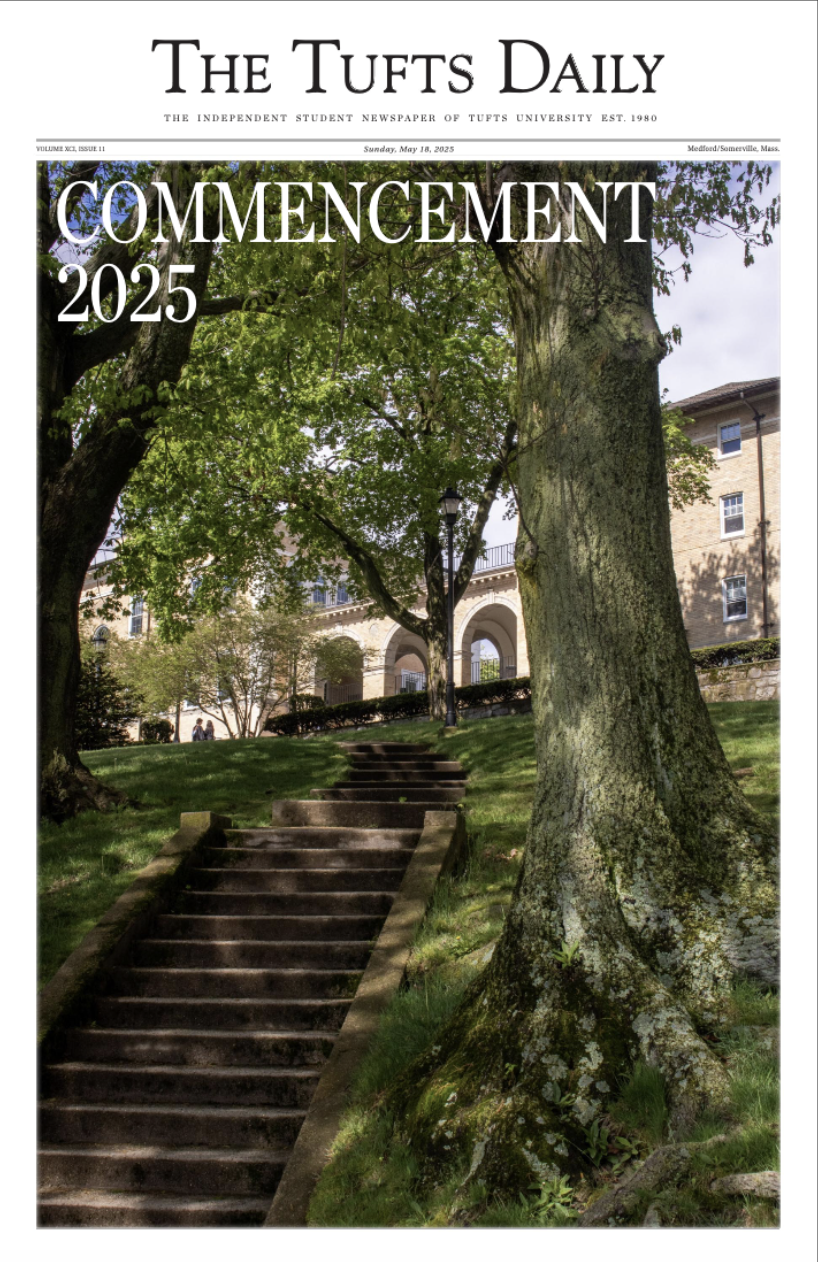For the artist whose name immediately brings to mind images of ballerinas, the new "Degas at Harvard" show at Harvard's Arthur M. Sackler Museum demonstrates the breadth of Edgar Degas' career.
"Degas at Harvard," which runs through November 27, shows the Impressionist-era artist's work in a small, manageable space. The three-room exhibition is broken up by rough subject matters-- themes relating to horses and earlier work, performance and dance, nature, and bathers, and shows that Degas tended towards variety in subject matter and form. In fact, despite the show's small size, attendees can see that Degas created work in many different areas and prodigiously worked in a variety of materials.
The show begins with Degas' earlier work, including drawings based on Renaissance masters and equestrian themes. When Degas became interested in a subject, he did not limit himself to one depiction of it, nor did he limit himself to one medium with which to render it. Instead, Degas chose to explore, and this is shown in this small equestrian area.
The oil painting "Horses and Riders on a Road" (1867-1868) has the look of an impromptu painting of horses and their riders trotting down a brown path with a cityscape as background. The unusual choice of cracked panel on which it is painted adds interesting textures to the painting, showing Degas to have been unafraid of unique materials.
Also in this portion of the exhibit, Degas shows his versatility through the bronze sculpture "Horse Trotting, the Feet Not Touching the Ground" (1881-1890). Degas' great ability to capture another aspect of equestrian life is made clear with this figure-the horse is captured in motion, caught mid-air.
The second room offers a glimpse into Paris in the late nineteenth century, a society nearly enslaved to its culture of leisure. Cafes offered a good balance of private activities like dining and resting, while offering a public place for Parisians to meet. Degas was famously able to attend rehearsals to watch and sketch dancers as they practiced, and as a result his paintings in this area show the dancers and entertainers who performed at these cafes in more untraditional poses.
Highlighting one of Paris' popular leisure activities the cafe concert, Degas' "Singer with a Glove" from 1878 shows a singer in the middle of a particularly high note. The cafe concert was a combination of the Parisian cafe scene with music, performance, and comedy. In this pastel, Degas' interest is less on the glamour of the performance and instead focuses on the high energy of the performer. As viewers, we can practically see up her nose and into her mouth as she sings a high note. Degas emphasizes this energy of performance through a bright palette and variety of textures.
Across the room from this pastel drawing hangs the elegant "Young Woman in Street Costume" (c. 1879). This small but intense study of a stylish woman out for a walk jumps off the page through Degas' masterful use of inks, wash, gouache, and chalk on wove paper. This small yet sophisticated composition highlights Degas' interest in the fashionable set with time for afternoon strolls.
Besides figural representations, the Harvard exhibit also shows Degas to have been interested in themes of nature as well. His "Untitled (The Hourdel Road, near St-Valery-sur-Somme)" from 1895 depicts a series of forlorn trees slanting to the right. The black and white photograph is bleak, the sky is awash in grey tones, there aren't any clouds, and the road down the center is empty. Shades of grey completely comprise this composition, as the trees are merely dark shades against the pale sky above the speckled medium grey road.
This photograph harkens to Degas' Impressionist contemporary, Claude Monet's painting "Sea Coast at Trouville" (1881), which is housed at the Museum of Fine Arts in Boston. Monet's use of rich color tones in "Trouville" serves as a stark contrast to Degas' bleak picture. Perhaps Degas had this painting in mind while taking his desolate photograph some years later.
Another interesting piece in the landscape section is "The Road in the Forest," a monotype in green and brown oil colors on white paper. The artist derived this abstract piece, made later on in the artists' life between the years 1890-1893, entirely from a memory of a carriage ride through the Burgundy countryside. Since this work is more of a composite rendering than it is the depiction of one specific local, Degas later described the scene as "paysages imaginares" (imaginary countryside).
The rest of the exhibition focuses on one of Degas' favorite subject matters: bathers. Harvard does a nice job of juxtaposing prints and charcoals of varying sizes and on different colored papers to highlight the different effects these factors give to the drawings and prints. Three scenes from Degas' 1892-1898 "After the Bath" series that hang in a row along the back wall are particularly striking. All were produced on colored papers and as a result convey very different effects than the "Nude Figure Bathing" (1892-1895), whose composition of charcoal on white paper gives the piece a brighter look than the others.
In another part of the bathers section, "After the Bath, Woman with a Towel" (1893-1897) again shows Degas' rapacious interest in various media and in experimenting with techniques. This pastel depicts much the same subject matter as the charcoals and prints, but was rendered in vivid colors and with a strong use of patterns and textures. It is painterly in its execution and Degas uses strong lines.
The "Degas at Harvard" show is on the small side, yet despite its size, it strives to exhibit a wide variety of both subject matters and media. Harvard's is the largest collection of Degas of any university museum, and this beautiful show truly highlights its best work.





